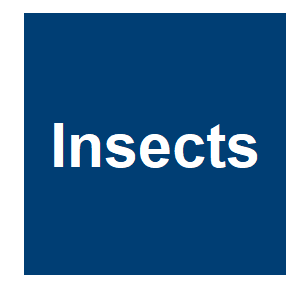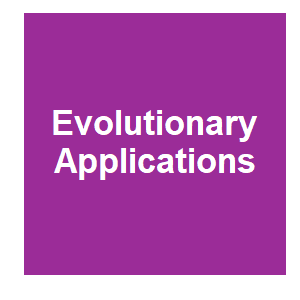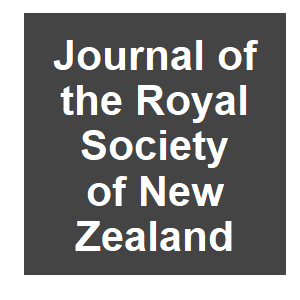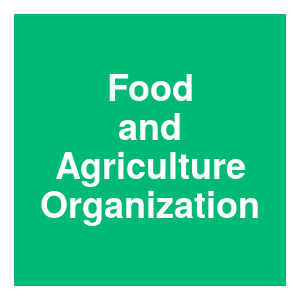
Keywords: risk analysis

|
Risk Assessment on the Release of Wolbachia-Infected Aedes aegypti in Yogyakarta, IndonesiaD. Buchori, A. Mawan, I. Nurhayati, A. Aryati, H. Kusnanto and U. K. Hadi, Insects, 13. 2022.
Wolbachia-infected Aedes aegypti is the latest technology that was developed to eliminate dengue fever. The Ministry of Research and Technology of the Republic of Indonesia (Kemenristekdikti) established an expert group to identify future potential risks that may occur over a ... Keywords: biological control, export, guidlines, import, policy, regulation, risk analysis, shipment |

|
Procedurally Robust Risk Assessment Framework for Novel Genetically Engineered Organisms and Gene DrivesKuzma, J., Regulation and Governance, 15:1144-1165. 2021.
In this article, a new framework for improving risk assessments of novel genetically engineered organisms (GEOs) is developed and applied. The Procedurally Robust Risk Assessment Framework (PRRAF) provides a set of principles and criteria for assessing and enhancing risk ... Keywords: biological control, export, guidlines, import, policy, regulation, risk analysis, shipment |

|
Gene drive strategies of pest control in agricultural systems: challenges and opportunitiesM. Legros, J. M. Marshall, S. Macfadyen, K. R. Hayes, A. Sheppard and L. G. Barrett, Evolutionary Applications, 2021.
Abstract Recent advances in gene editing technologies have opened new avenues for genetic pest control strategies, in particular around the use of gene drives to suppress or modify pest populations. Significant uncertainty, however, surrounds the applicability of these strategies ... Keywords: biological control, export, guidlines, import, policy, regulation, risk analysis, shipment |

|
Risk management recommendations for environmental releases of gene drive modified insectsY. Devos, J. D. Mumford, M. B. Bonsall, D. C. M. Glandorf and H. D. Quemada, Biotechnology Advances, 2021.
The ability to engineer gene drives (genetic elements that bias their own inheritance) has sparked enthusiasm and concerns. Engineered gene drives could potentially be used to address long-standing challenges in the control of insect disease vectors, agricultural pests and ... Keywords: biological control, export, guidlines, import, policy, regulation, risk analysis, shipment |

|
CRISPR-Cas and Its Wide-Ranging Applications: From Human Genome Editing to Environmental Implications, Technical Limitations, Hazards and Bioethical IssuesR. Piergentili, A. Del Rio, F. Signore, F. U. Ronchi, E. Marinelli and S. Zaami, Cells, 10:24. 2021.
The CRISPR-Cas system is a powerful tool for in vivo editing the genome of most organisms, including man. During the years this technique has been applied in several fields, such as agriculture for crop upgrade and breeding including the creation of allergy-free foods, for ... Keywords: biological control, export, guidlines, import, policy, regulation, risk analysis, shipment |

|
Conservation pest control with new technologies: public perceptionsE. A. MacDonald, M. B. Neff, E. Edwards, F. Medvecky and J. Balanovic, Journal of the Royal Society of New Zealand, 2021.
We conducted eleven focus groups in New Zealand to explore three questions about novel technologies (gene drive and two others for comparison of pest control tools): (1) what are the risks/benefits? (2) how do they compare to current methods? and (3) who should be represented on ... Keywords: biological control, export, guidlines, import, policy, regulation, risk analysis, shipment |

|
Evaluating the Probability of CRISPR-based Gene Drive Contaminating Another SpeciesV. Courtier-Orgogozo, A. Danchin, P.-H. Gouyon and C. Boëte, Evolutionary Applications, Early Online. 2020.
he probability D that a given CRISPR-based gene drive element contaminates another, non-target species can be estimated by the following Drive Risk Assessment Quantitative Estimate (DRAQUE) Equation: D = (hyb + transf).express.cut.flank.immune.nonextinct with ... Keywords: biological control, export, guidlines, import, policy, regulation, risk analysis, shipment |

|
RSPM No. 27 Guidelines for Importation and Confined Field Release of Transgenic Arthropods in NAPPO Member CountriesNAPPPO, NAPPO Regional Standards for Phytosanitary Measures, 2007.
This Standard is designed to provide guidance to NAPPO member countries on the importation and confined field release of transgenic arthropods that are known plant pests or have the potential to affect plant health. This includes transgenic arthropods used for biological control ... Keywords: biological control, export, guidlines, import, policy, regulation, risk analysis, shipment |

|
Guidelines for the export, shipment, import and release of biological control agents and other beneficial organismsInternational Plant Protection Convention, Food and Agriculture Organization, 2005.
This standard provides guidelines for risk management related to the export, shipment, import and release of biological control agents and other beneficial organisms. It lists the related responsibilities of contracting parties to the IPPC, national plant protection organizations ... Keywords: biological control, export, guidlines, import, policy, regulation, risk analysis, shipment |

Contact
David O’Brochta
Foundation for the
National Institutes of Health
geneconvenevi@fnih.org
RSS

